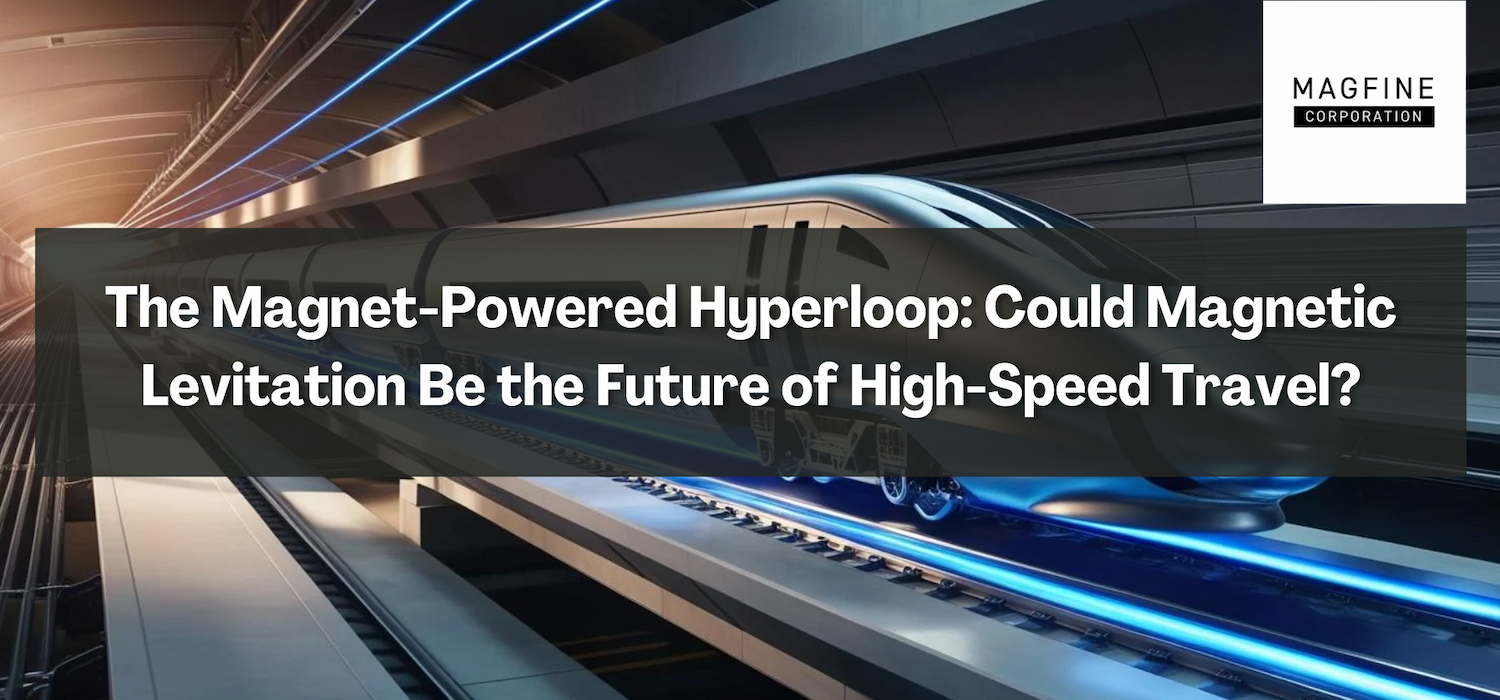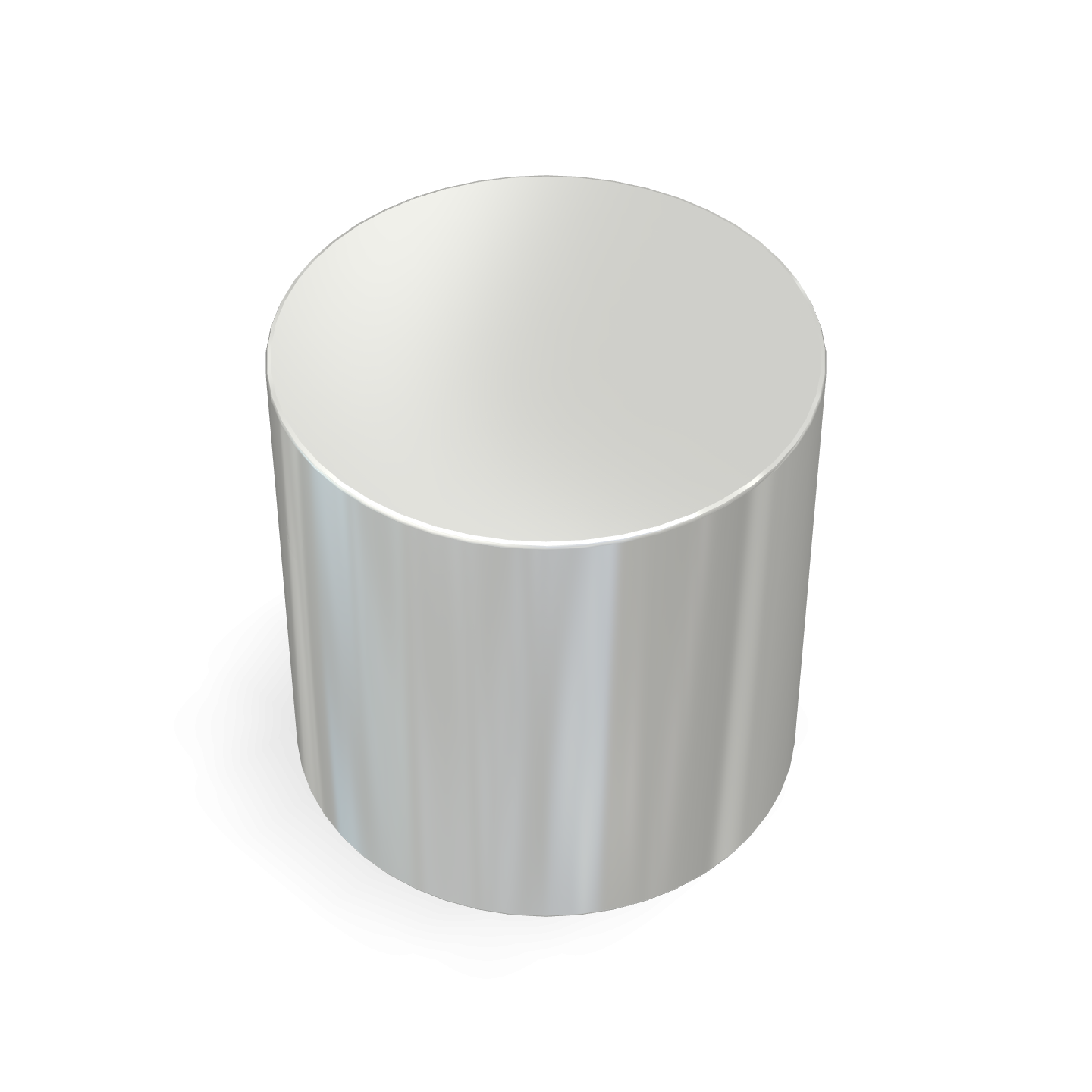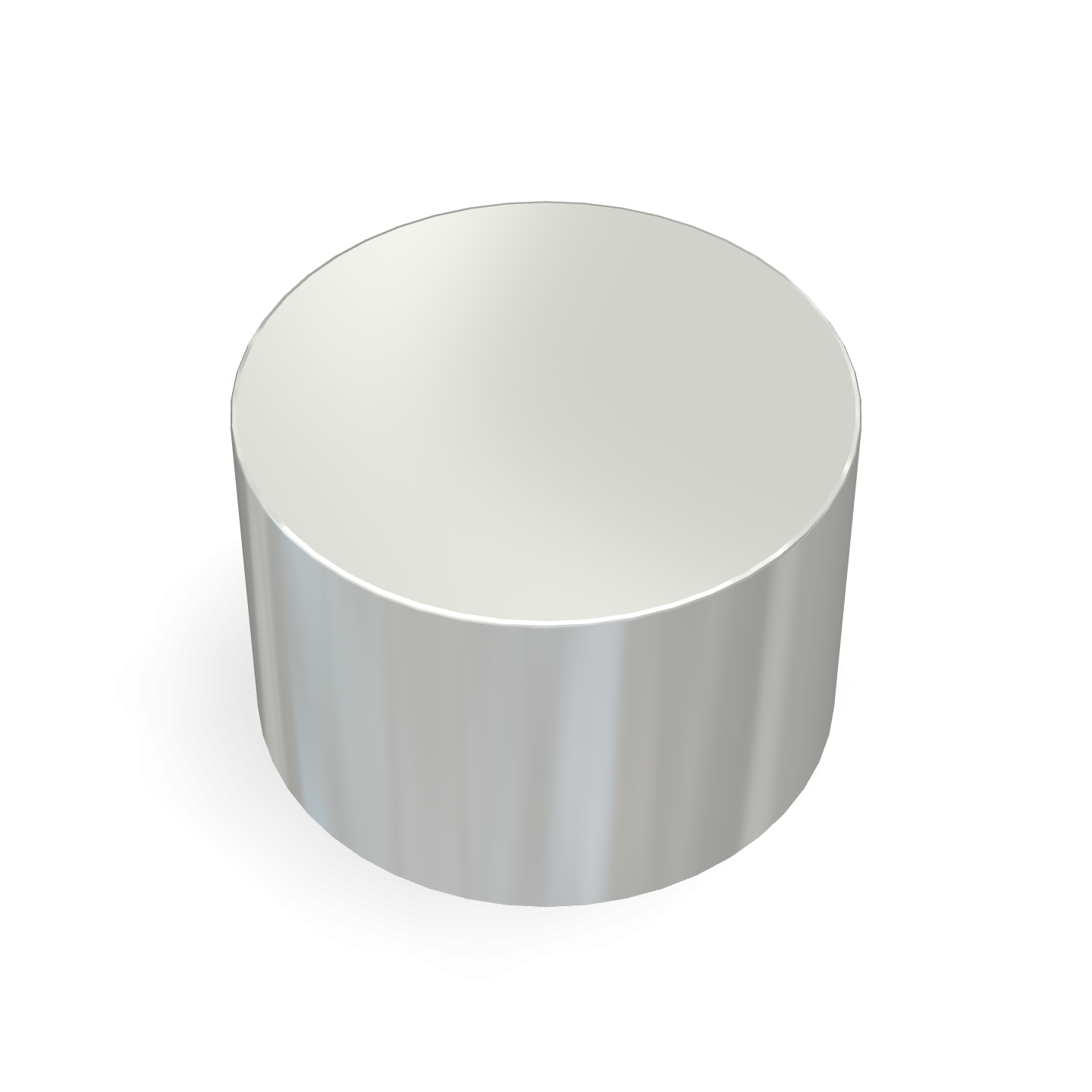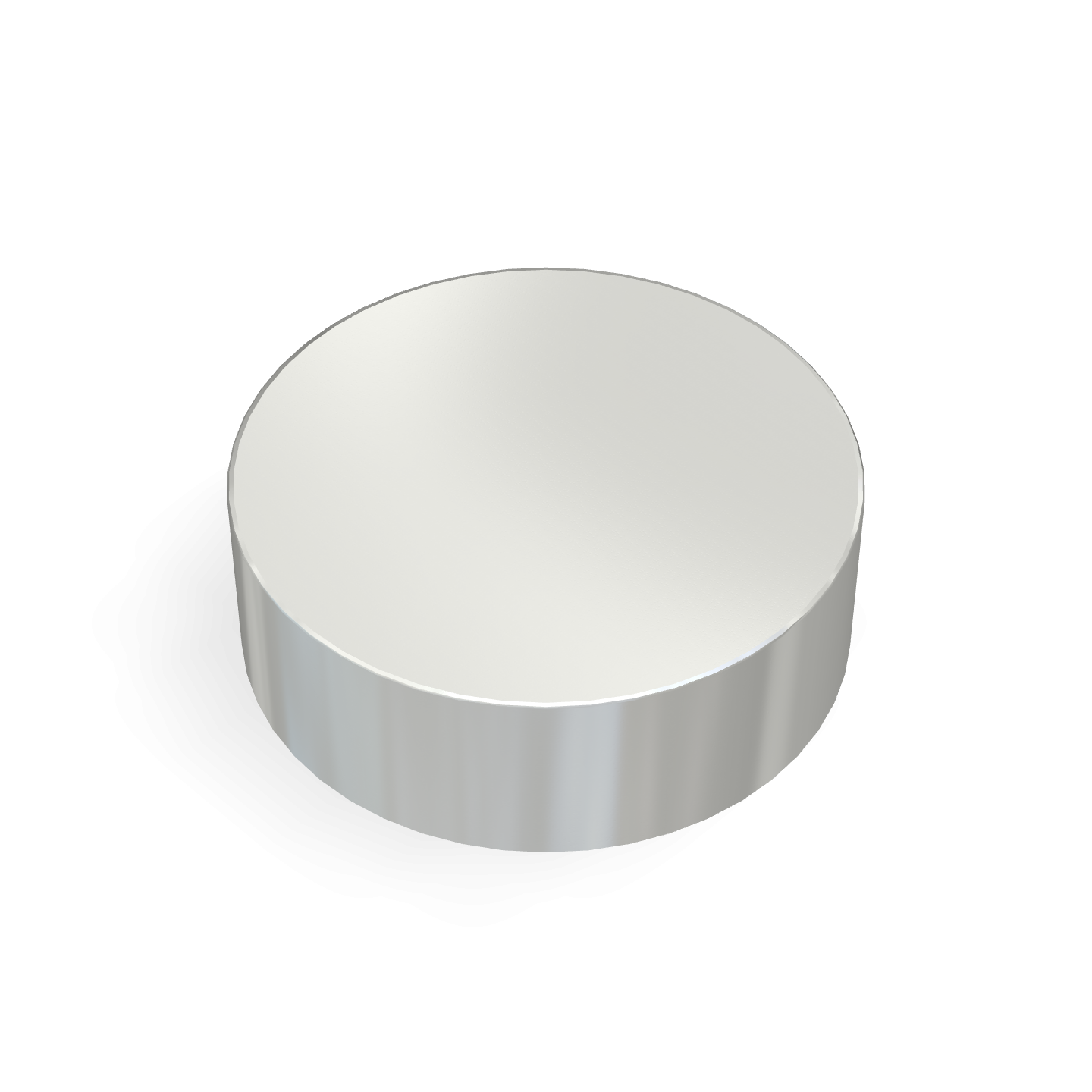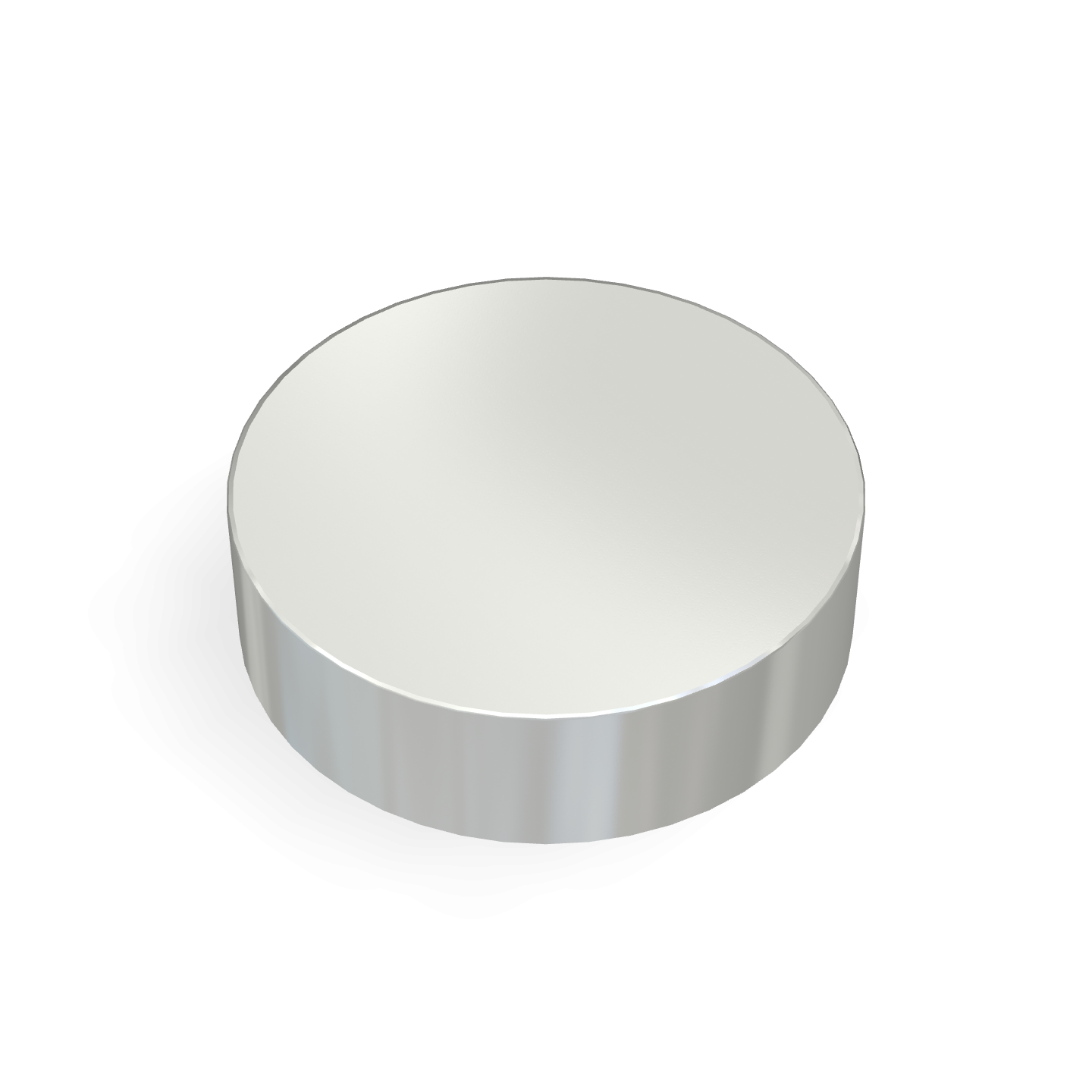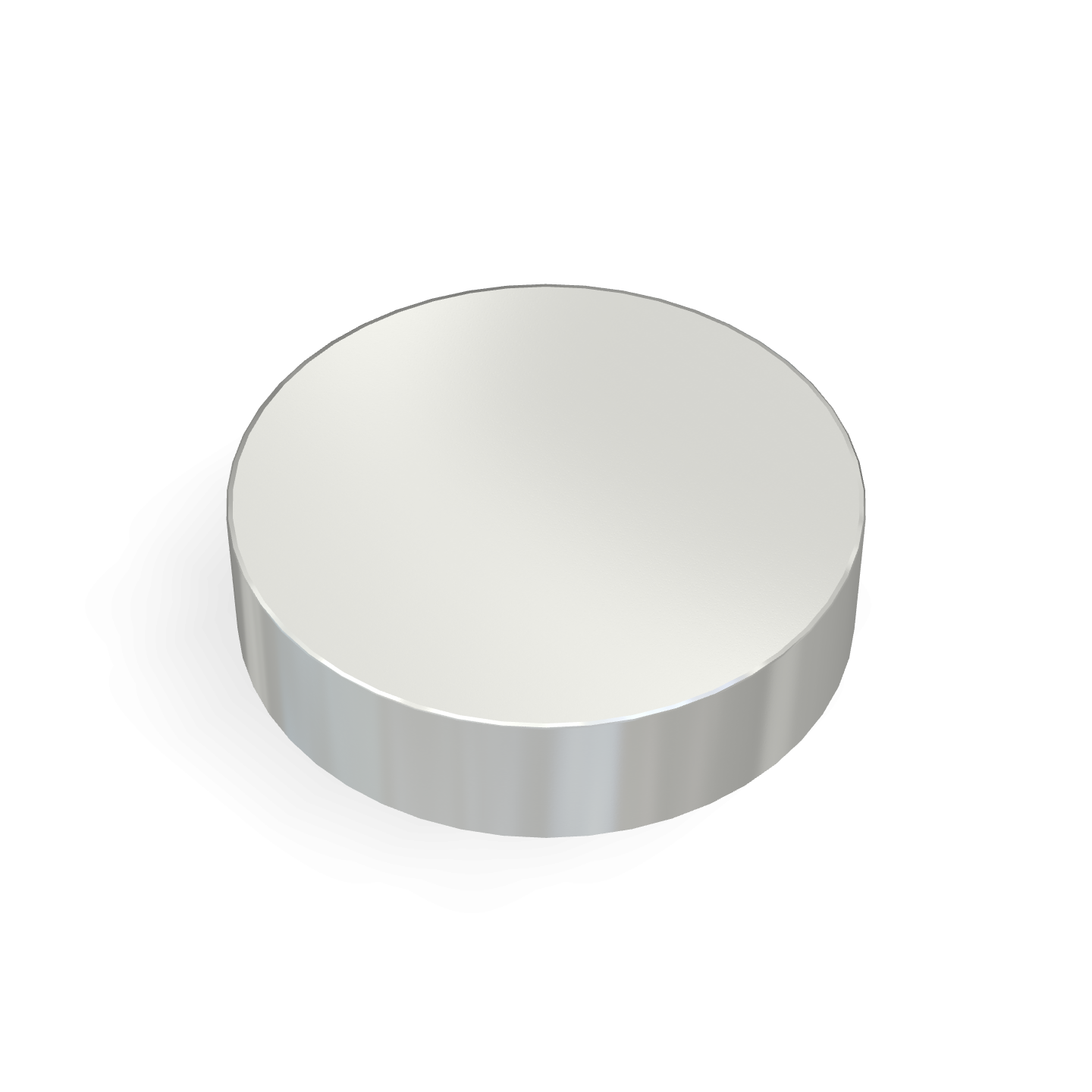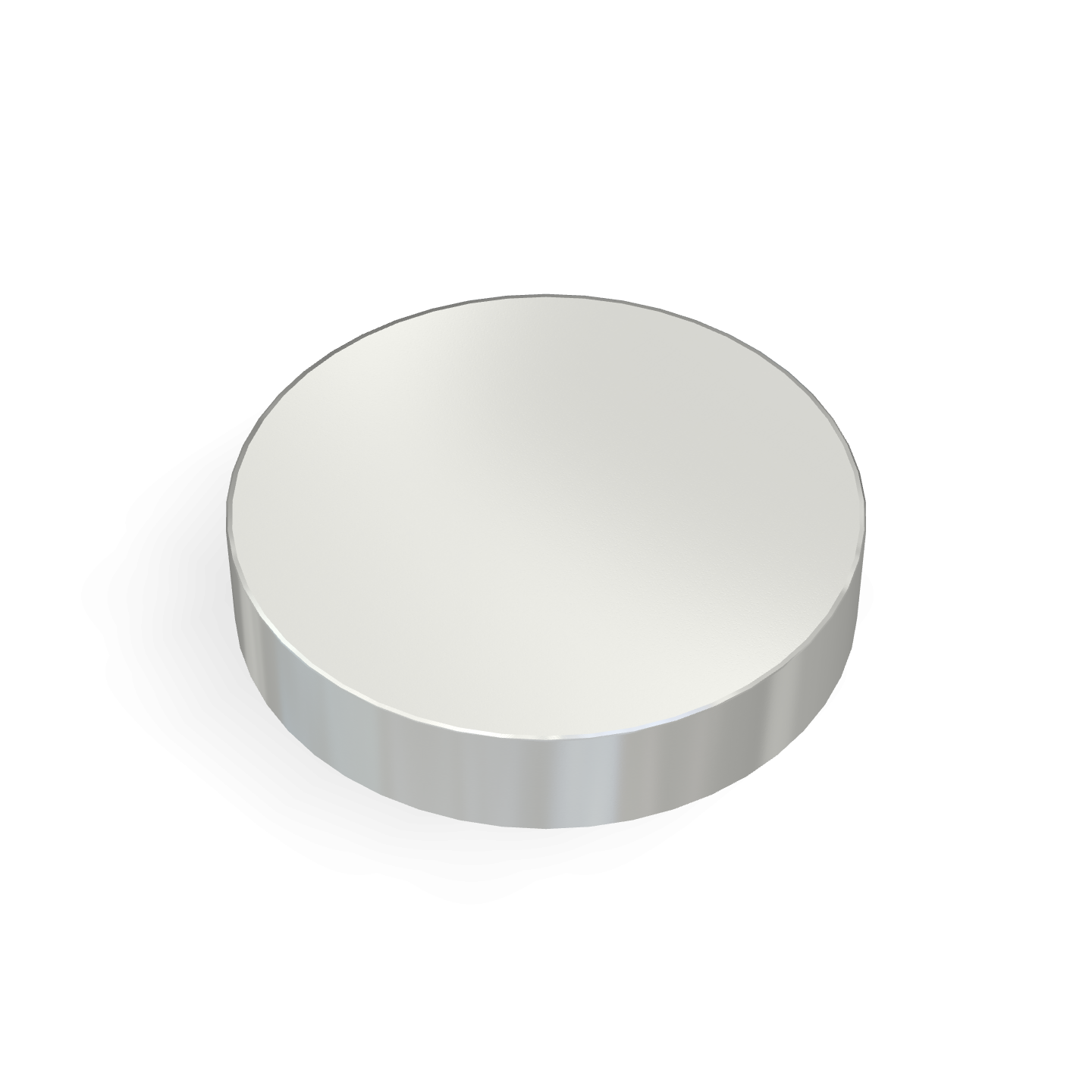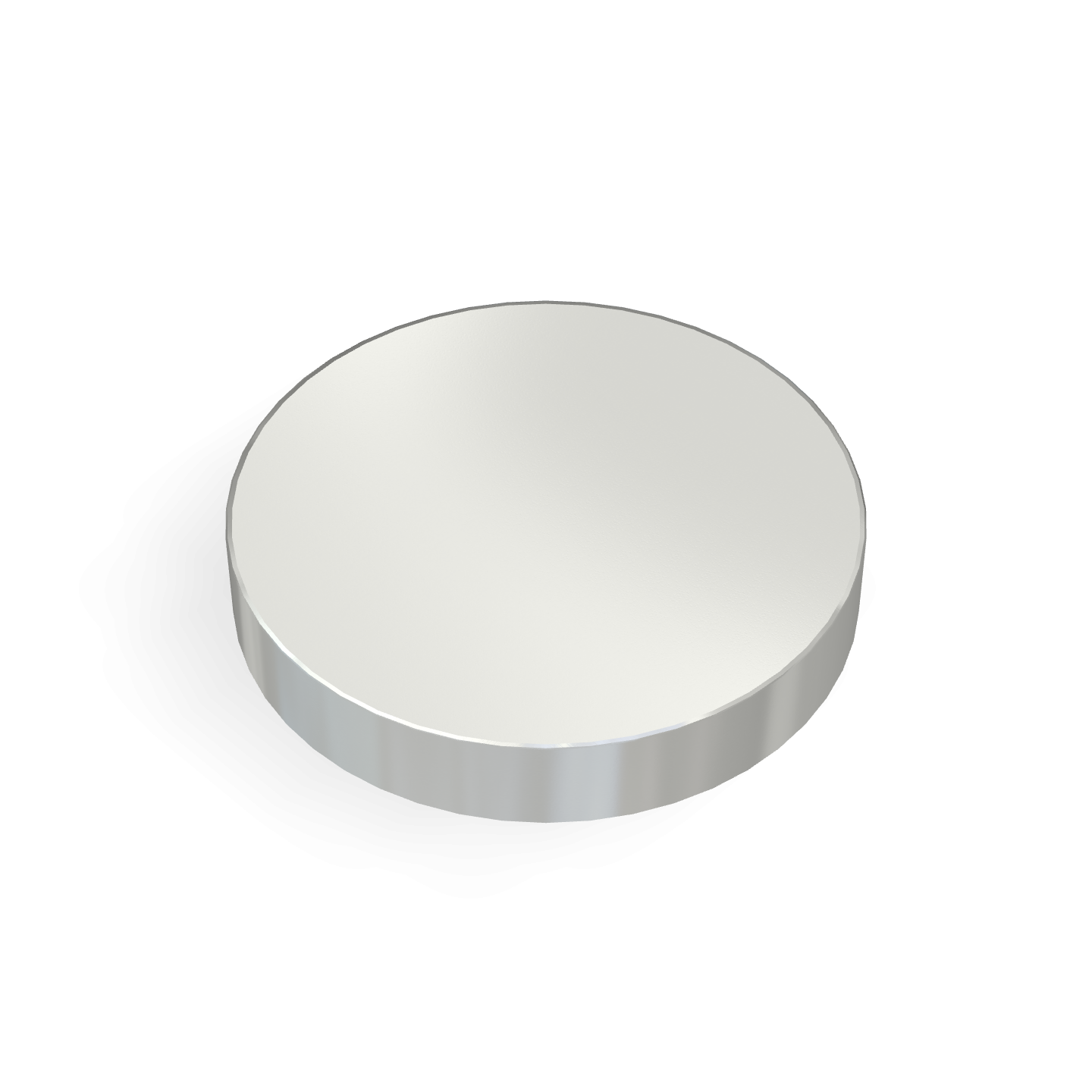The Magnet-Powered Hyperloop: Could Magnetic Levitation Be the Future of High-Speed Travel?
For decades, high-speed travel has been an area of continuous innovation. From bullet trains to supersonic jets, engineers are constantly seeking new ways to reduce travel time. One of the most ambitious ideas is the Hyperloop, a concept popularized by Elon Musk. The idea utilizes neodymium magnets to achieve magnetic levitation (Maglev), eliminating friction and allowing speeds exceeding 1,000 km/h.
What is the Hyperloop?
The Hyperloop is a futuristic transportation system designed to move passenger pods through a low-pressure tube at incredible speeds. By combining industrial magnets and vacuum technology, it aims to reduce air resistance and friction, achieving efficiency far superior to traditional rail systems.
How Does Magnetic Levitation Work?
Magnetic levitation technology uses the power of neodymium magnets to lift and propel a vehicle. The two primary types of Maglev technology include:
- Electromagnetic Suspension (EMS): Uses electromagnets beneath the train to create lift.
- Electrodynamic Suspension (EDS): Uses superconducting magnets to generate repulsive forces.
These principles allow Maglev trains to hover above the tracks, eliminating friction and allowing for higher speeds.
Maglev Trains vs. Hyperloop
Maglev trains are currently operational in countries like Japan and China, reaching speeds of over 600 km/h. However, the Hyperloop proposes an even faster system by enclosing the train in a near-vacuum tube. While traditional Maglev trains rely on powerful magnets, the Hyperloop combines Maglev with reduced air resistance, potentially making it the fastest land-based transport method.
Challenges Facing the Hyperloop
Despite its promise, the Hyperloop faces several hurdles:
- Infrastructure Costs: Building the necessary tubes and Maglev systems is expensive.
- Safety Concerns: High speeds and vacuum conditions introduce new safety challenges.
- Energy Requirements: While efficient, the system demands a significant power supply.
The Role of Neodymium Magnets in High-Speed Travel
Neodymium magnets play a crucial role in both Maglev and Hyperloop technologies. As the strongest type of permanent magnet, they provide the necessary magnetic field strength for levitation and propulsion.
Future of Magnetic Levitation Technology
While the Hyperloop remains in development, Maglev technology continues to advance. The demand for high-performance industrial magnets will likely grow as engineers refine these transportation systems.
Conclusion
Magnetic levitation technology has the potential to revolutionize transportation. Whether through Maglev trains or the ambitious Hyperloop, the use of neodymium magnets could shape the future of high-speed travel.
Q&A: Understanding Magnetic Levitation & Hyperloop
What is magnetic levitation?
Magnetic levitation (Maglev) is a technology that uses magnetic fields to lift and propel vehicles, reducing friction and allowing for high-speed travel.
How fast can Maglev trains go?
Some Maglev trains, such as those in Japan, can exceed speeds of 600 km/h.
What role do neodymium magnets play in Maglev technology?
Neodymium magnets generate strong magnetic fields essential for levitation and propulsion in Maglev and Hyperloop systems.
Is the Hyperloop currently in operation?
No, the Hyperloop remains in the experimental and development phase.

